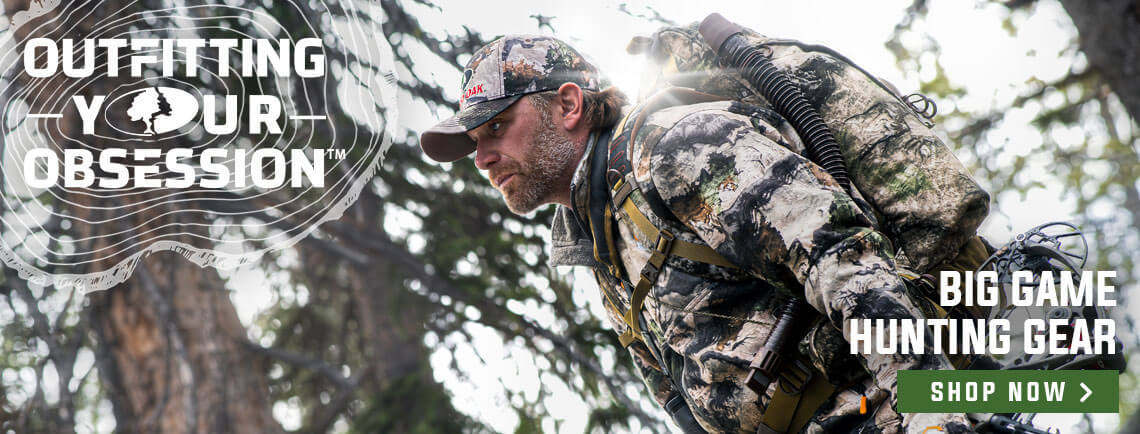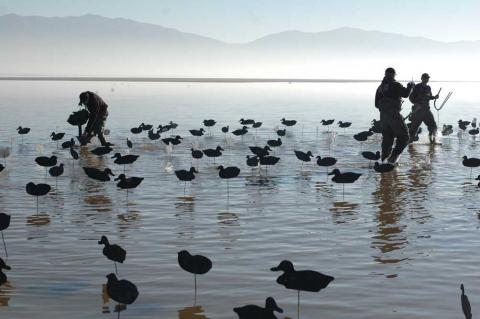Mia Anstine
Just like my great-grandfather, I love to pursue mule deer, the “gray ghosts” of the West. They have gray coats, striking black markings on their foreheads, and white around their faces. Their tails are about 6 inches long, with a small black tuft at the end. As their name references, they have large, mule-like ears.
Mule deer habitats are vast, ranging from above timberline in the Rocky Mountains to the sage plains of the Sonoran Desert. In the U.S., mule deer live primarily in the Western states. Unfortunately, we’ve seen a decline in their numbers during the past two decades, which means hunting licenses are limited in many areas. If you find this frustrating, remember your part in the work of conservation.
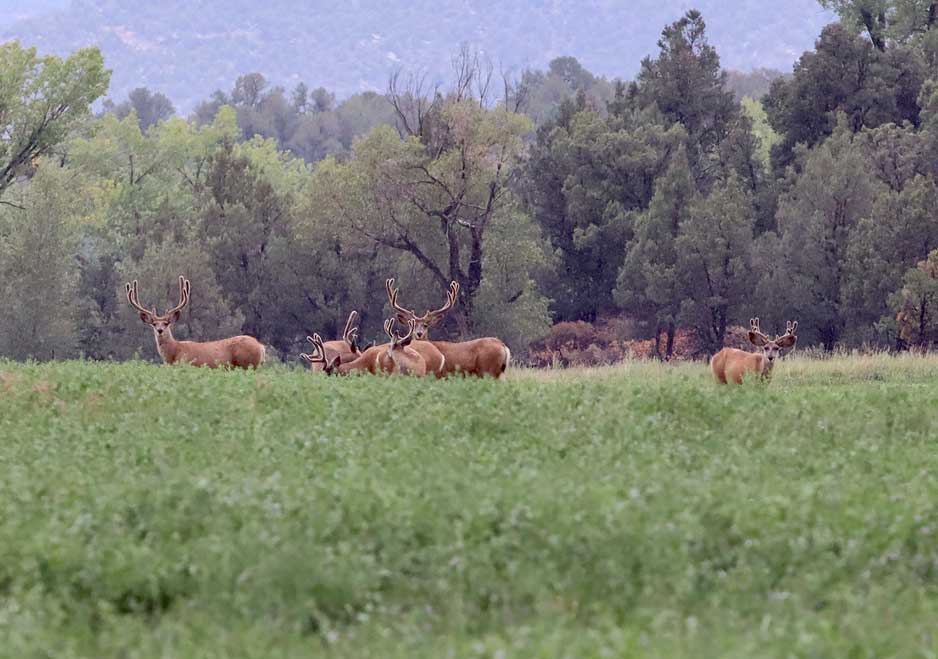
We all hunt for various reasons: putting food on the table, adventure, the peace of being outdoors, connecting with nature, the challenge of getting up close with animals, and so on.
A primary reason I hear from many longtime and newer hunters is that they hunt as a responsibility toward wildlife management. Without management, we would not even have the opportunity to view and photograph wildlife. Thus, hunting is an essential tool in maintaining healthy animal populations.
Over the years, biologists and wildlife managers have learned that there is more to maintaining healthy populations than leaving them be. But, unfortunately, a story of preservation gone wrong is that of the Kaibab National Forest (Arizona).
In the 1920s, officials hoped to grow the number of mule deer by removing natural predators and banning hunting on the Kaibab. The result was an overpopulation of mule deer. With numbers well over carrying capacity, the terrain became overgrazed, deer became diseased, and many starved, resulting in a severe drop in the number of deer.
Officials learned that deer numbers needed to be managed and reintroduced hunting on a limited basis. Now, deer numbers are an amount the habitat can sustain. Because of wildlife management, you may apply for hunting licenses and pursue animals in the area because there is a large, healthy herd of deer.
Over the past two decades, we have seen a decline in mule deer numbers throughout the West, and hunting licenses are limited in many areas. Suspected causes for the drop include drought, disease, predators, habitat loss, and other human impacts. However, if we look at the most prominent reasons, it is undoubtedly the latter as human populations throughout the West have been booming for the past 20 years.
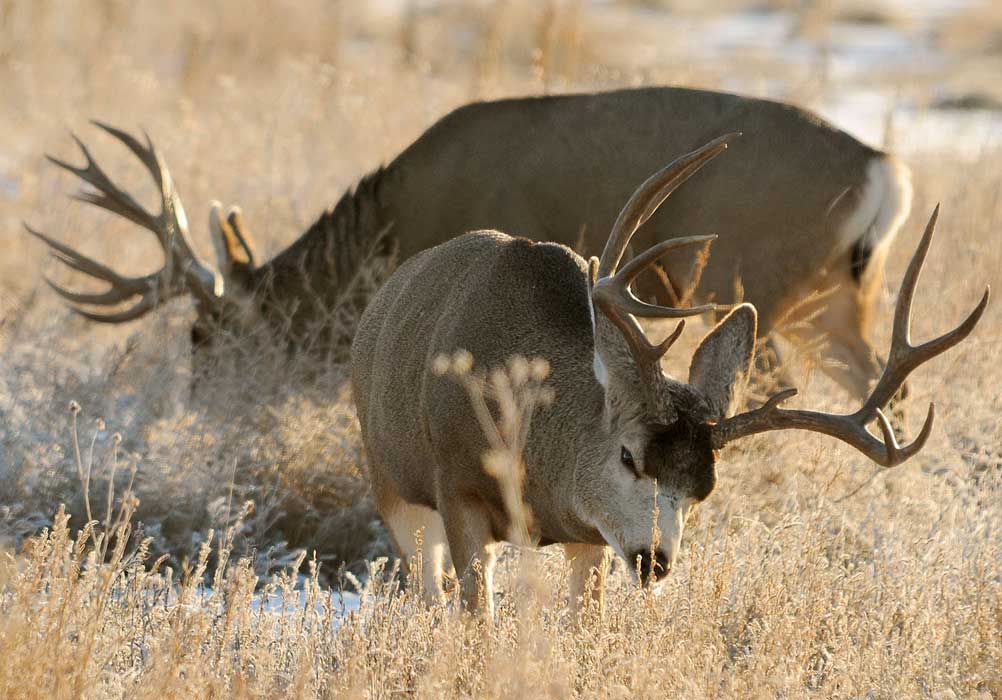
With more people, there is a massive impact on the mule deer’s habitat. We have more highways, more fences, more businesses, and less open range for wildlife.
Colorado has the most mule deer in the U.S. Colorado Parks and Wildlife (CPW) h works hard to maintain healthy wildlife numbers. However, according to the U.S. Census Bureau, Colorado’s human population grew at nearly twice the rate of the rest of the nation between 2010 and 2020, putting it among the fastest-growing states in the country. This rapid increase in people provides challenges for wildlife managers.
Similar population booms are occurring throughout all the western states. You see, a 2020 Census report shows that Arizona, California, Colorado, Idaho, Montana, Nevada, New Mexico, Oregon, Utah, Washington, and Wyoming had an average increase in residents of almost 30%. As a result, there are now over 78 million people who live in the western U.S.
According to CPW, fluctuations in mule deer populations are nothing new. The deer’s numbers continually go up and down on the population curve; CPW refers to this as a human-caused “cracking the whip,” which began with early European settlement.
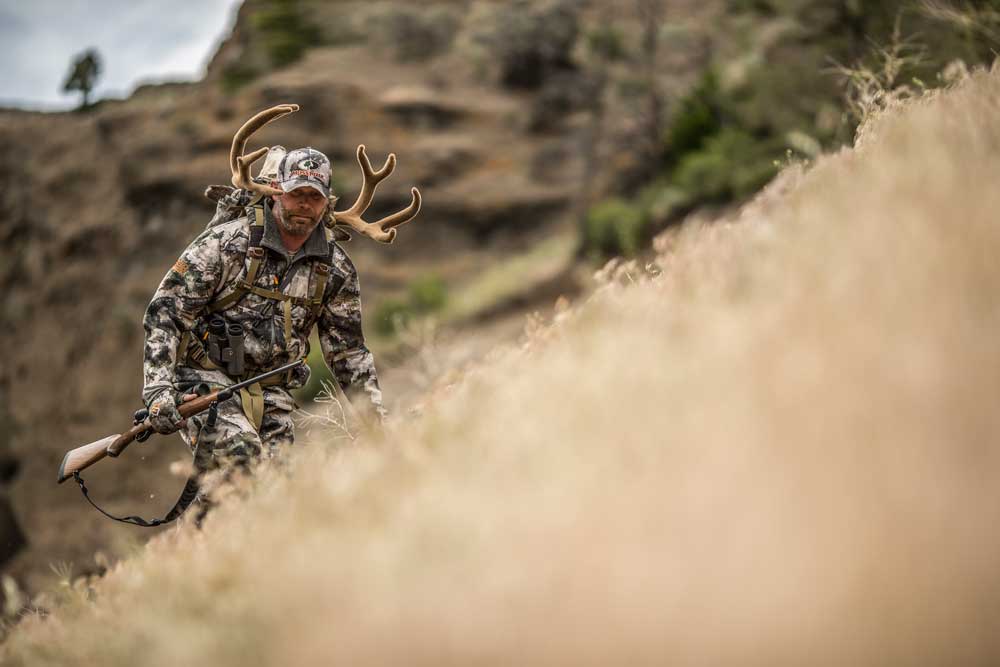
Colorado still boasts a large number of mule deer in part due to CPW’s Wildlife Habitat Program (WHP). The WHP committee brings together private landowners, local governments, and conservation organizations. Their goal is to protect and enhance critical wildlife habitats, thus bringing you opportunities to pursue mule deer in the state.
“Coloradans love their long-eared muleys, but decisions on their management can’t be based solely on tradition, science or social trends. They must incorporate all these things. Sustaining mule deer numbers at an optimal level for the future lies in collaboration . . . between citizens, farmers and ranchers, government, biologists, hunters, conservationists and everyone who cares about the future of Colorado wildlife,” from ‘The story of Colorado’s Mule Deer’ by Colorado Parks and Wildlife.

